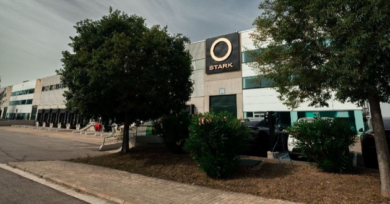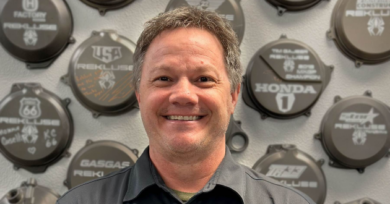Jun. 15, 2009 – A tale of two markets in this challenging economic time
Anyone in the motorcycle business, at any level, does not need to read this column to learn that things are tough out there. It is, however, a case of tough and tougher when you compare Harley-Davidson with the rest of the market. I do have some observations, thoughts and a real-world perspective to offer. But if you are looking for a warm and fuzzy justification for not doing well, do us both a favor and skip my column this month.
With Harley-Davison you are dealing in a brand that has a 50-plus percent market share of all street legal bike sales. Given that the average selling price is what it is, that translates into around 80 percent of the total dollars flowing through 15 percent of the dealers. Add to that the ability to generate $4,000 per unit in gross profit, front and back, any Harley dealer not making money this year needs to look in the mirror for the source of the problem.
Harley dealers have demographics working for them, as the old fat white guys who are the core of their business are less affected by the economic recession than the younger buyers of the other brands. And more women than ever are deciding they need their own Harley to ride. It takes longer hours and seven days a week. The sales department needs to have as many staff as the service department. The sales team needs to closely monitor and control every minute of every day, the quality experience and essential follow-up. Oversight of the sales department cannot be delegated by the dealer principal.
What Harley dealers have going for them, since they can generate more than twice the gross profit per unit, is the ability to throw bodies at the problem. The additional staff in the sales department can be justified by a few incremental sales, such is just not the case in the metric world. So, now that I have upset half the Harley dealers in the country, lets move to retailing metric product.
Just prior to writing this column I took time to listen to some really good metric operators. Jim Foster, Killeen, Texas, Gary Purcell, Jacksonville, Fla., and Mark Tkach, The Free World. These are serious operators who are genuine students of the business and not cry babies. When they tell me they are down 50 percent, I have to listen. I have to accept since I know they are promoting and driving the process that we need more than a simplistic “work harder” dictum.
There are less people able to buy this year.
Everything said about Harley dealers also needs to be done in a metric store, it just has to be done with less people. I know of no easy way to get that done. I do know that what cannot be done is to wait. We can’t wait for your OEM or President Obama to solve your problems. And we have to do more than wait on, and for, the customers to make a buying decision.
We still have a lot of people who want what we sell, but will not make a buying decision without a little push from the dealer. We have to operate in a way that earns us the right to push. Mr. Goodbuyer got that high credit score by not being easily influenced. Whatever the number of qualified buyers you are getting into your dealership is, you cannot afford to waste any of them. All you can do is all you can do, and you need to define just what all we can do is. This buyer takes a whole lot more attention and energy than the “get me done” customers many metric dealers built their businesses on.
Granted, you cannot afford to staff the showroom at the level of a Harley dealer, but you do need to push the envelope. Having less sales effort is not an option. When times get tough the first reaction is to trim costs; it really should be to increase sales effort. In good times, the benchmark for sales payroll in a metric store was 15-17 percent. It takes more today to get the job done, more like 25-30 percent of the total gross profit. The ultimate number may even be north of that. Bodies and payroll, will not, in and of itself, solve the problem. What has not changed is that the most useless piece of information in the world is what you told a salesman yesterday.
I could offer sympathy and understanding for the bad state of the economy or our ready market, but would rather say that tough times require tough dealers. Things will get better, if you can survive to cash in. And, if you can make it happen now, you will cash in big later.
The most common comment I get these days is along the lines of “it is not 100 percent down to the dealer, the OEMs need to do more.” Maybe they will, but don’t wait for it. All you can do is all you can do. Start each day determined to do just that, and end each day with an honest review and plan for tomorrow.
Cheers, Ed. psb
Ed Lemco has been involved with the powersports industry for more than 30 years. Lemco, the former owner of Lemco Management Group, is the founder and executive director of the National Council of Motorcycle Dealer Associations. Lemco currently operates a call center for dealers in St Croix.




